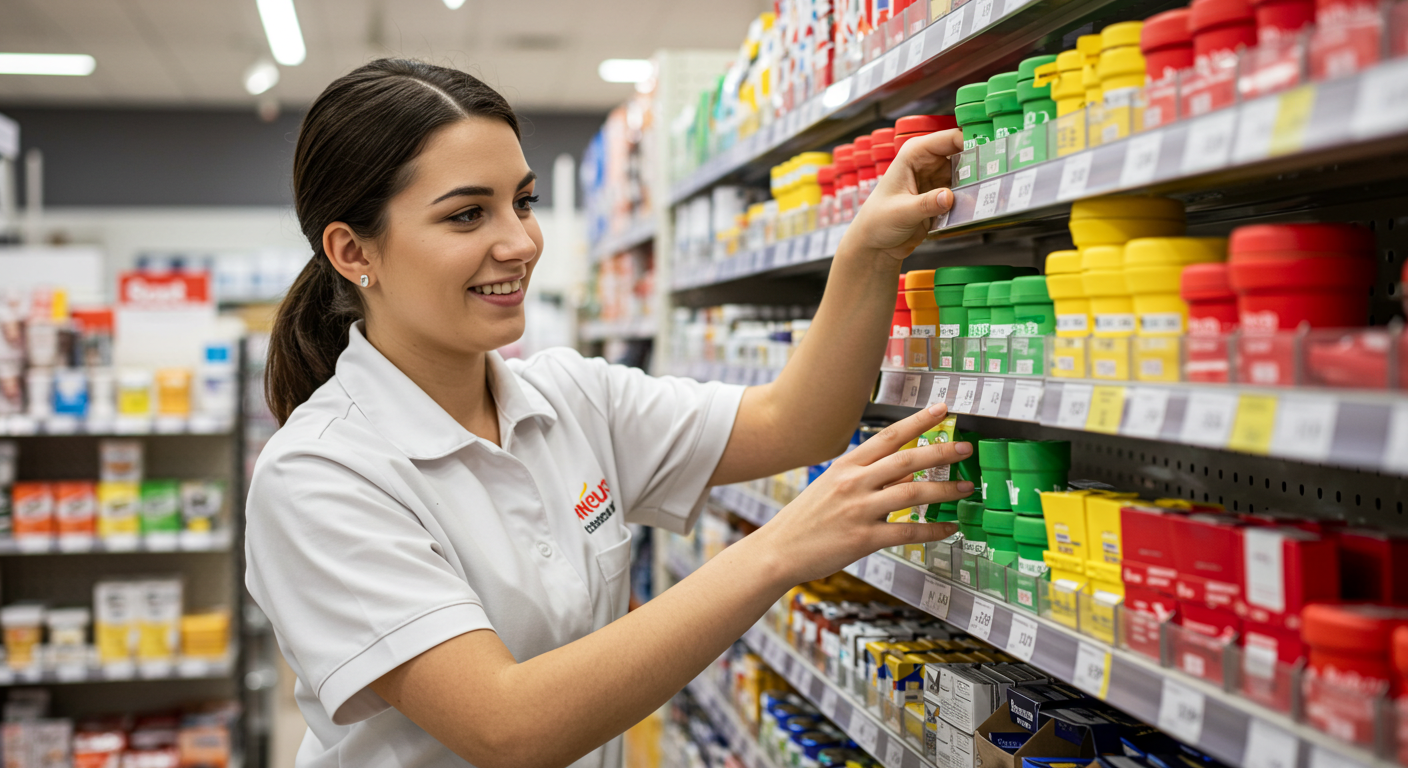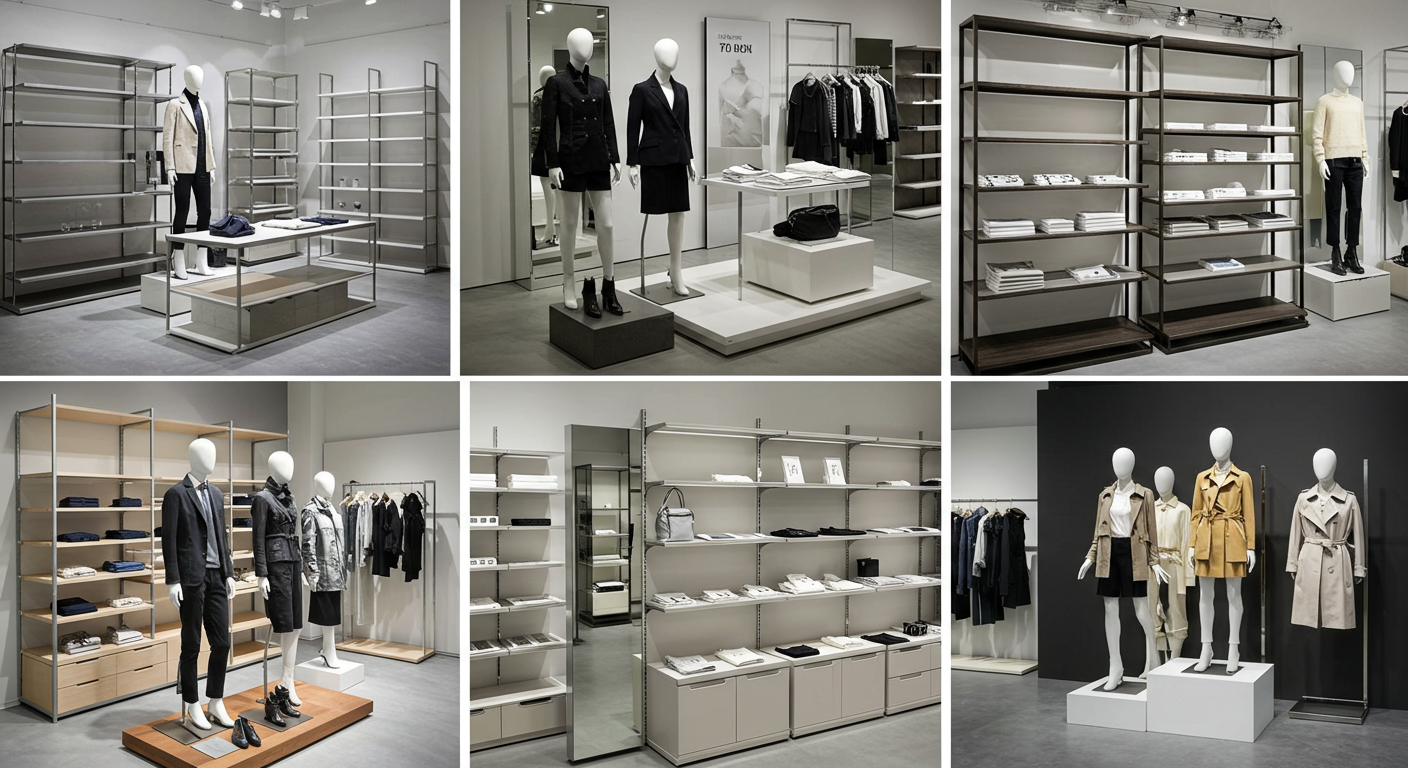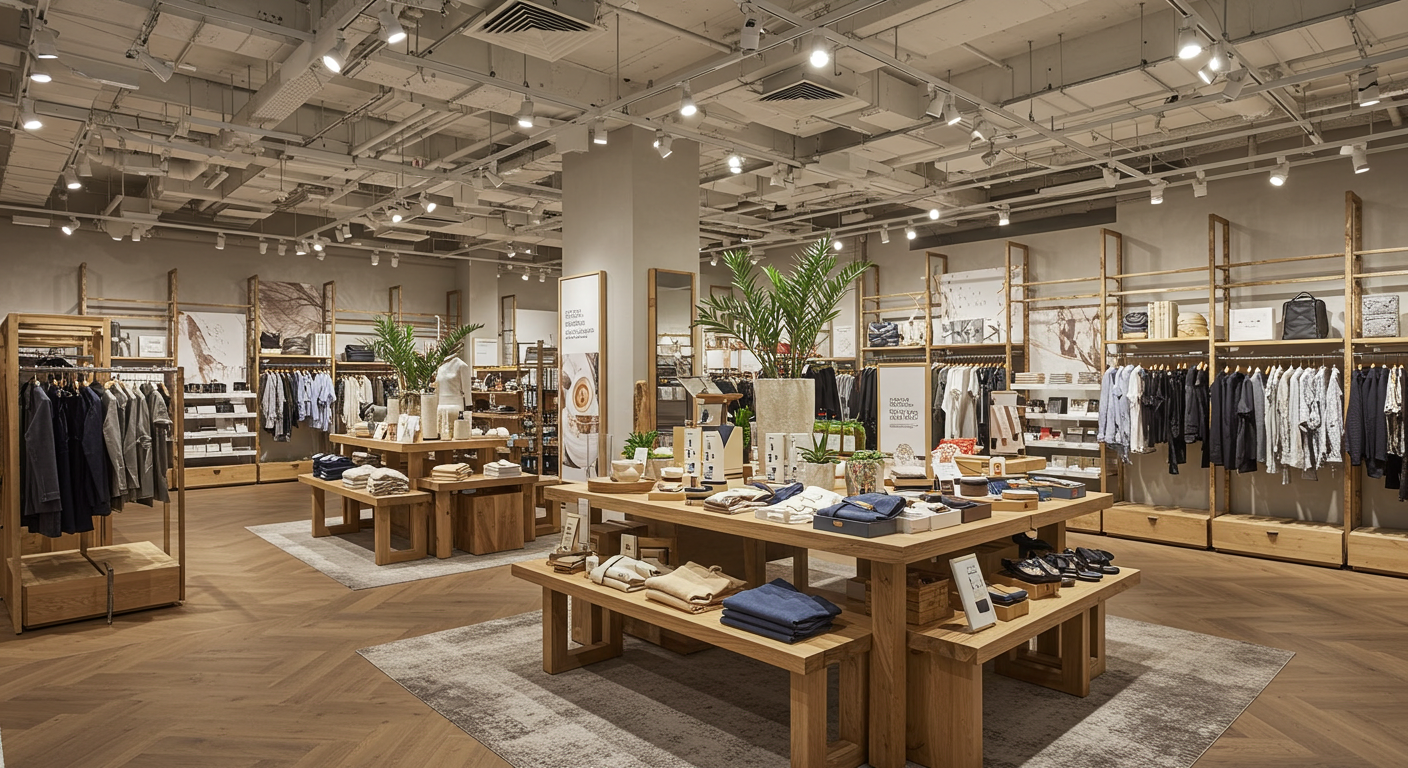
What Is a Retail Display?
Are your incredible products getting lost on generic store shelves? You are losing sales and brand impact simply because customers don’t even notice what you’re offering.
A retail display1 is any fixture, stand, or physical setup used to present your products to customers. It is a strategic tool designed to attract attention, provide information, and ultimately, drive a sale2.

As someone who owns a factory that produces thousands of these displays every year, I see them as more than just hardware. They are the silent salespeople on your retail floor. For a designer like Mark, understanding what a display truly is—and what it can do—is the first step to transforming a store from a simple warehouse into an exciting, profitable space. Let’s break down what these displays really are and how they work.
What Is the Real Meaning of a Retail Display?
Do you just see displays as simple furniture for holding your products? This common view makes you totally miss their power to actively increase your sales and build your brand.
The meaning of a retail display goes beyond just holding items. Its true purpose is to create a focal point that communicates your brand’s story, highlights product benefits, and strategically influences a customer’s decision to buy.

Dive Deeper
A display gives meaning to a product. It answers the silent questions a customer has: "Why should I care about this?" and "What makes this special?" Let me give you an example. A client came to us to create a display for a new line of high-tech headphones1. We could have just built a simple metal rack to hang them on. That would hold the product. Instead, we designed a display using a mix of sleek, powder-coated steel and glowing acrylic panels. Each pair of headphones had its own spotlight. We even added a small, polished mirror to the front panel. The meaning was no longer just "here are some headphones." The meaning became "experience premium sound2 and see how great you’ll look." As manufacturers in China, our strength is having access to all these materials and processes under one roof. We can quickly combine metal, plastic, and LEDs to build a display that gives your product the powerful meaning it deserves.
What Is Product Display in Retail, Then?
Do you spend hours carefully arranging products, only to find they sit on the shelf unsold? Simply putting items out for customers to see is not a strategy and won’t get you results.
Product display is the deliberate placement and arrangement of merchandise on your retail fixtures. It is the physical act of organizing products to be visually appealing, easy to access, and simple for the customer to understand.

Dive Deeper
If the retail display is the stage, then the product display is the art of arranging the actors. It’s about the details of the presentation. This includes techniques like grouping items by color, arranging them in a pyramid shape to guide the eye, or placing complementary products next to each other to encourage a bigger sale. This is another area where my team and I can help a designer. A designer might have a vision for a specific layout, but needs the right tool to achieve it. They can call me and say, "Tony, I want to display these shirts folded but also have one hanging." Our engineers will then design a fixture with the perfect combination of shelves and hanging rods. We make displays with adjustable shelves, removable dividers, and integrated hooks so you can execute your product display strategy perfectly. Because we are so accessible, a quick chat can solve a design problem in minutes, ensuring the final fixture is perfectly matched to the product display plan.
What’s the Difference Between Visual Merchandising and Display?
Do you use the terms "visual merchandising" and "display" to mean the same thing? This common mix-up can lead to a confused strategy and a store that feels disconnected and ineffective.
Visual merchandising is the entire strategy for the store’s look and feel, from the floor plan to the lighting. A display is a single, physical tool used to execute parts of that overall strategy.

Dive Deeper
Here’s a simple way to think about it. Visual merchandising (VM) is the entire blueprint for a house. It includes where the walls go, the color of the paint, the style of the lighting, and the overall feeling you want to create. A retail display, on the other hand, is a piece of furniture you put in that house, like a sofa or a bookshelf. It has to fit the style of the house and serve a specific purpose within it. A store’s VM strategy might be "minimalist and modern." The displays would then need to be made with clean lines and simple materials like metal and glass. My favorite part of the job is when a designer visits our factory here in China. They come with a VM concept, and then they walk through our showrooms and see a new material or a new 3D printing technique we’re testing. That spark of inspiration helps them design the perfect displays to bring their VM vision to life.
| Feature | Visual Merchandising (The "Big Picture") | Display (The "Tool") |
|---|---|---|
| Scope | The entire store or brand experience | A single fixture, stand, or zone |
| Focus | Strategy, feeling, brand story, layout | Tactics, product presentation, function |
| Goal | To create a cohesive and engaging environment | To highlight specific products and drive sales |
So, What Is a Merchandising Display?
Do you have fixtures in your store full of products that just don’t seem to move? It could be because they are just passive displays, not active merchandising displays that have a job to do.
A merchandising display is a retail display built with a specific sales goal in mind. It’s not just for passive storage; it is designed to actively promote a product, create an experience, or encourage a customer action.

Dive Deeper
Nearly every display we build is a merchandising display. The difference is intent. A simple bookshelf is a display. But a specially designed end cap with bold signs that says "2 for 1 Special" is a merchandising display. Its job is to move that specific product. Point-of-purchase (POP) units near the checkout are the ultimate example. Their only job is to drive impulse buys. The creativity of our Chinese engineers really shines here. A client wanted to sell more small power banks. A simple display would be a plastic tray. But that’s boring. Our team designed a small countertop unit with built-in LED lighting and a sign that said "Low on Battery?". It held the power banks upright and made them look exciting and essential. That’s the difference. It’s not just holding the product; it’s actively merchandising it. It is a solution, not just a fixture.
Conclusion
A retail display is more than just a shelf; it’s your most important sales tool. Understanding its meaning and how it works with your bigger merchandising strategy is absolutely essential for success.